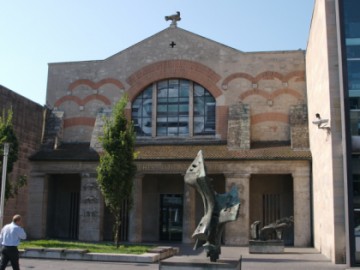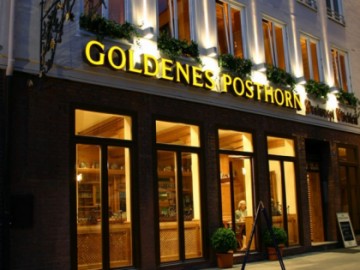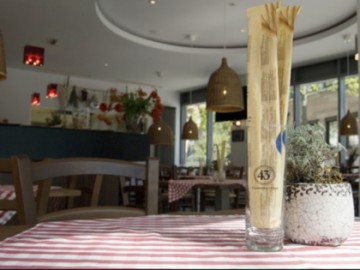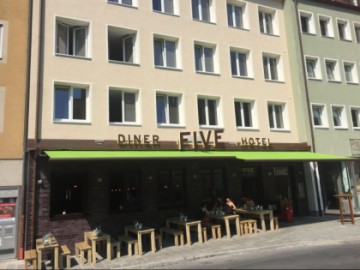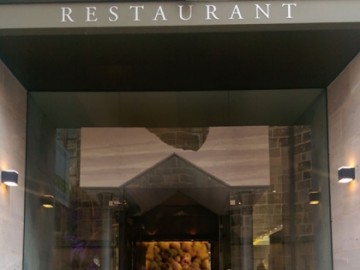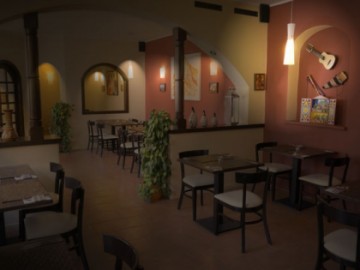Churches of St. Sebald and St. Lorenz, Two Banks of the Same River
The Pegnitz River divides the old center of Nuremberg into the northern and southern parts, which are also called the Sebald and Lorenz parts so named after the town's two main Protestant churches of the city located in those districts.
The Church of St. Sebald (Sebalduskirche) is the oldest of the churches survived in Nuremberg, the construction of which began in 1230. It was originally built in the Romanesque style, but later got the Gothic architectural look (and later on - also Baroque elements). The church is dedicated to St. Sebald - a hermit who lived in the woods not far from Nuremberg. He's not very much known in the rest of the world, but Nuremberg residents recognized him as their patron saint long before the formal canonization in 1425.
One of the main treasures of the temple is a bronze tomb in which the relics of Sebald are kept. It was cast in the XVI century as per the design by famous sculptor and caster Peter Fischer. Some details that one doesn’t normally expect to see on constructions of this kind, are of interest. For example, 12 giant snails and 4 dolphins at the edges are holding the tomb on their backs. There are scenes from the saint's life on the sides of the tomb, including the miracle that glorified him: the miracle is that he lit a fire using icicles instead of wood to warm up the house of the poor in cold winter.
The beautiful stained glass windows, carved wooden sculptures of Veit Stoss, the patrician family Schreyer-Landauer Epitaph by famous sculptor and architect Adam Kraft are worth mentioning among other extant ornaments.
St. Lorenz Church (Lorenzkirche) “ruling” in the southern part of the old city can be called a younger sister, and in some sense, the rival of St. Sebald Church (Sebalduskirche). Its construction began later - at the end of the XIII century. The parishioners of St. Sebald Church were mainly noblemen, while St. Lorenz Church preferred the wealthy burghers. The same masters that participated in the decoration of the Church of St. Sebald, for example, Adam Kraft, Peter Fischer and Veit Stoss had a hand also in decorating the Church of St. Lorenz. It is noteworthy that the luxurious interior of the temple is paid mostly by donations of the rich residents of Nuremberg. Largely thanks to this, Lorenzkirche managed to keep its treasures even after it became Protestant.
At first glance, the two churches are very similar, but it is not a reason to miss one with a light heart after visiting the other. Both are fascinating and beautiful temples, and each deserves a separate visit.

